These supremely stable particles could explain dark matter.


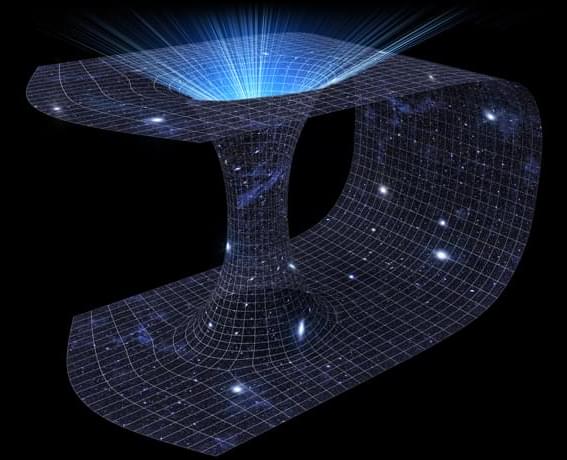
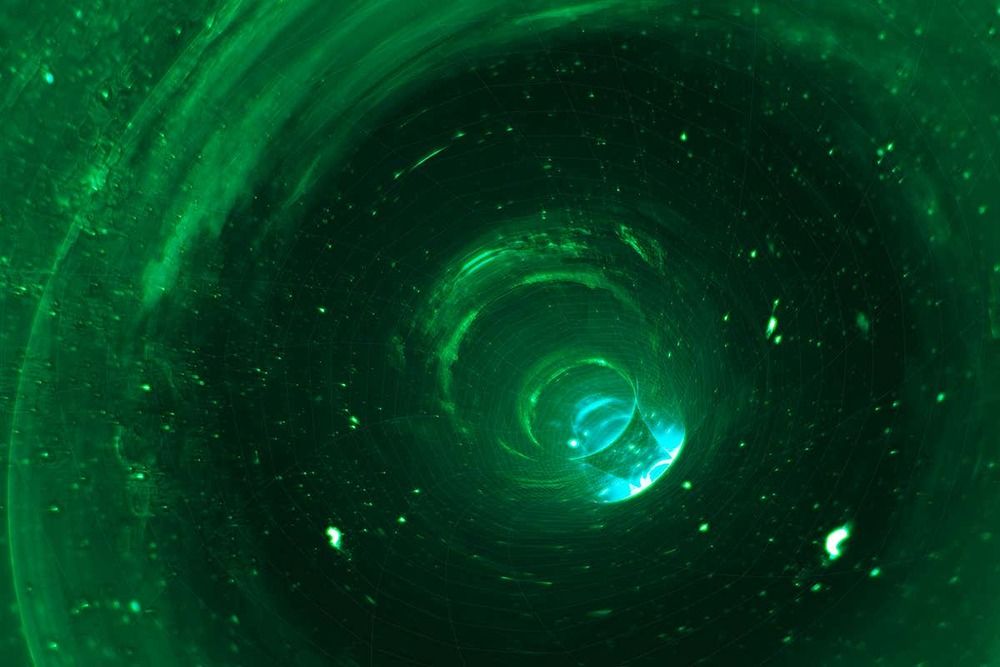

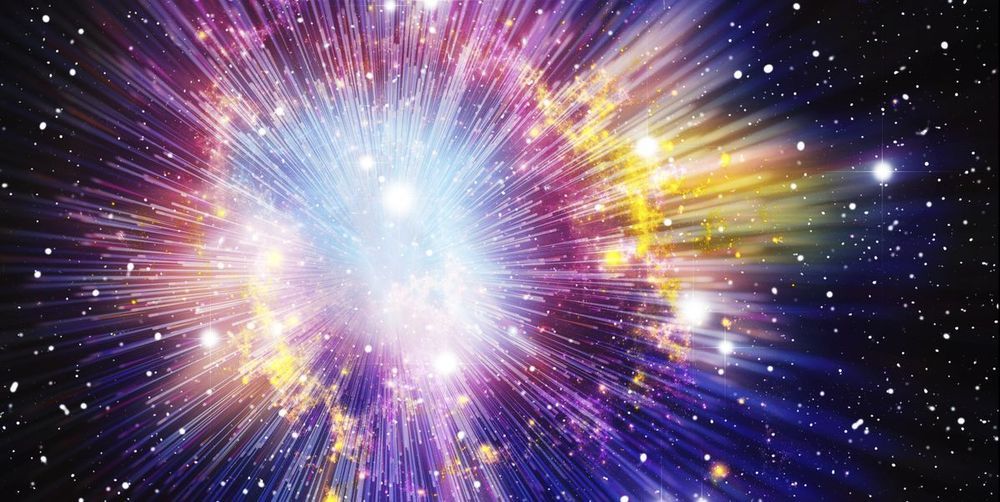
A theoretical physicist in England has won a prestigious award for her work on the theory of massive gravity, which could explain why gravity hasn’t constrained the rapid expansion of the universe. The $100,000 award honors the work of Claudia de Rham, who has worked for 10 years on a way to turn massive gravity theory into something measurable.
Cosmologists have puzzled for decades about how to marry gravity with the speed at which the universe is expanding. Gravity as we understand it would work to hold the universe together, not let it race apart from itself into eventual oblivion. Enter the counterpart to dark matter, dark energy, which is what scientists call whatever is pulling the universe apart.
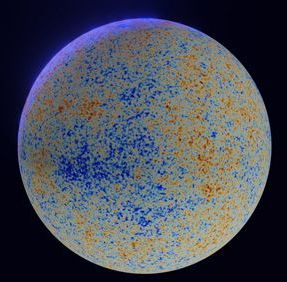
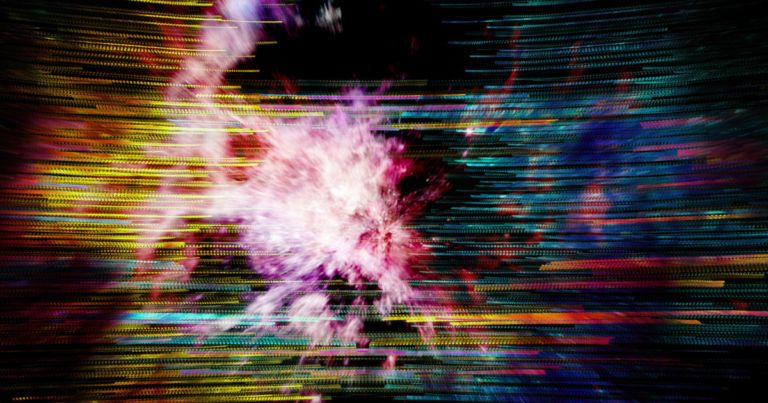
She is now hopeful that advances in gravitational wave astronomy will make it possible to test the predictions of massive gravity theory within the decade.
“It would be amazing if it was shown to be right,” De Rham told The Guardian. “That may or may not happen, but what will happen is that we’ll have a much better fundamental understanding of gravity and that’s just something so deep, it’s one of the big questions today.”
READ MORE: Has physicist’s gravity theory solved ‘impossible’ dark energy riddle? [The Guardian].

Here on Earth, we pay quite a lot of attention to the sun. It’s visible to us, after all, and central to our lives. But it is only one of the billions of stars in our galaxy, the Milky Way. It’s also quite small compared to other stars – most are at least eight times more massive.
These massive stars influence the structure, shape and chemical content of a galaxy. And when they have exhausted their hydrogen gas fuel and die, they do so in an explosive event called a supernova. This explosion is sometimes so strong that it triggers the formation of new stars out of materials in the dead star’s surroundings.
But there’s an important gap in our knowledge: astronomers don’t yet fully understand how those original massive stars themselves are initially formed. So far, observations have only yielded some pieces of the puzzle.
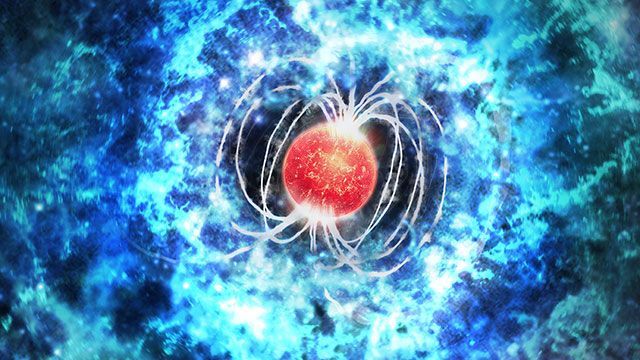
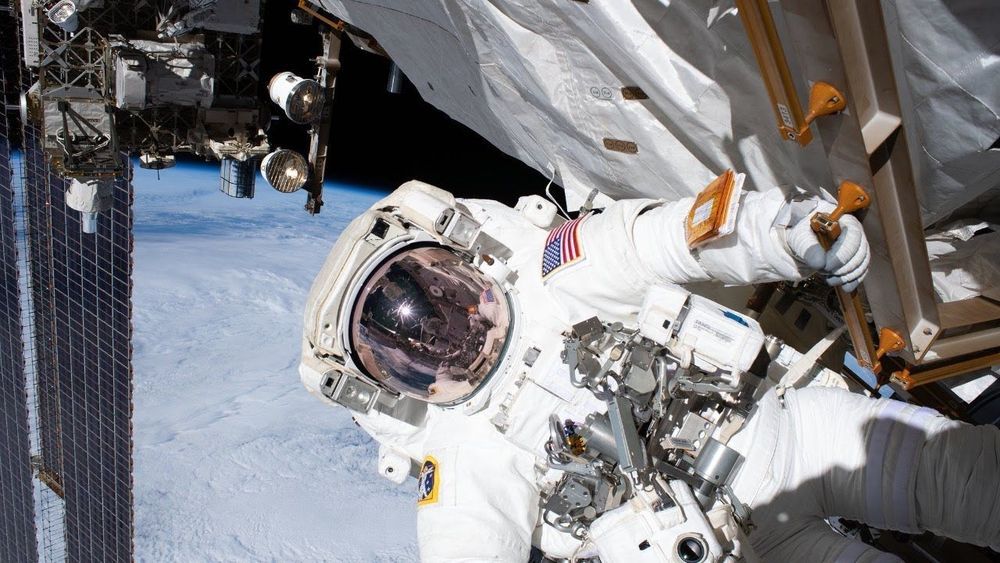
Live Spacewalk: Watch as astronauts complete the intricate process of repairing the Alpha Magnetic Spectrometer (AMS), a dark matter and antimatter detector outside the International Space Station.
On Sat., Jan. 25 at 6:50 a.m. EST, tune in for a live spacewalk as Luca Parmitano of the European Space Agency (ESA) and Andrew Morgan of NASA perform the fourth and final spacewalk to repair AMS, which has far outlived its planned three-year lifespan. In addition to revitalizing an important piece of scientific equipment, the process of creating the tools and procedures for these spacewalks is preparing teams for the types of spacewalks that may be required on Moon and Mars missions.